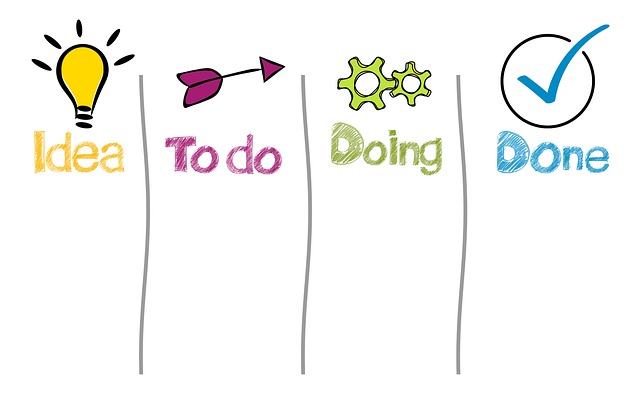Introduction
Project and product managers are essential members of any organization, responsible for planning, executing, and delivering successful projects and products. However, managing projects and products can be a challenging task, requiring the use of specialized tools and techniques.
In this blog post, we will share the ultimate guide to the latest project and product management tools for every business, as well as free resources, templates, best practices, AI tools, and recent trends that will help project and product managers succeed in their roles.
Section 1: Latest Project and Product Management Tools
There are many project and product management tools available in the market, but which ones are the best for your business? Here are some of the latest tools that can help you manage your projects and products more efficiently:
- Asana: a project management tool that helps you manage your team’s tasks, projects, and goals in one place.
- Monday.com: a project management tool that simplifies the way teams work together by providing an easy-to-use platform for managing tasks, projects, and workflows.
- Jira: a project management tool that helps you plan, track, and release software with confidence.
- ProductPlan: a product management tool that helps you create and share product roadmaps with your team and stakeholders.
- ProdPad: a product management tool that helps you manage your product backlog and prioritize features based on customer feedback and market trends.
These tools can help you streamline your project and product management processes, increase team collaboration, and maximize your productivity.
Section 2: Free Resources and Templates
Aside from project and product management tools, there are many free resources and templates available that can help you manage your projects and products more effectively. Here are some examples:
- Project Management Templates from ProjectManager.com: a collection of free project management templates, including project charter, risk management plan, project budget, and more.
- Product Management Templates from ProductPlan: a collection of free product management templates, including product roadmap, SWOT analysis, competitive analysis, and more.
- Project Management Guide from PMI: a comprehensive guide to the principles of project management, including project initiation, planning, execution, monitoring and controlling, and closing.
These resources and templates can help you save time and effort in planning, executing, and delivering successful projects and products.
Section 3: AI Tools, Best Practices, and Recent Trends
AI tools, best practices, and recent trends are other important aspects of project and product management that can help you stay ahead of the game. Here are some examples:
- AI Tools: AI tools such as chatbots, virtual assistants, and predictive analytics can help you automate repetitive tasks, make data-driven decisions, and enhance customer interaction.
- Best Practices: best practices such as agile methodologies, design thinking, and lean startup can help you optimize your project and product management processes, foster innovation, and deliver value to your customers.
- Recent Trends: recent trends such as digital transformation, remote work, and customer experience can help you adapt to changing market conditions, leverage emerging technologies, and improve customer satisfaction.
By leveraging these AI tools, best practices, and recent trends, you can achieve better results, drive business growth, and stay competitive in today’s fast-paced business environment.
Conclusion
Project and product management can be challenging, but with the right tools, resources, and techniques, you can make it a success. In this blog post, we have shared the ultimate guide to project and product management tools for every business, as well as free resources, templates, best practices, AI tools, and recent trends that will help project and product managers succeed in their roles. By implementing these strategies, you can streamline your project and product management processes, increase your team’s efficiency, and meet your business objectives.


